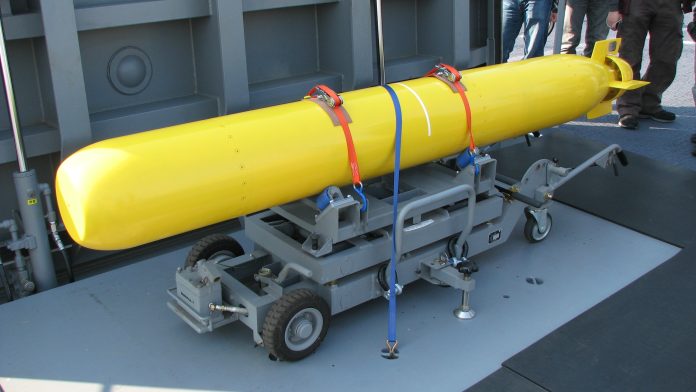
It started with a claim that sounded like something out of Cold War fiction: a nuclear-powered torpedo capable of unleashing a radioactive tsunami. Yet on October 28, 2025, President Vladimir Putin stood before wounded soldiers and declared the Poseidon underwater drone had completed its first nuclear-powered run a “huge success,” he said. In the same breath, he confirmed the long-range nuclear cruise missile Burevestnik had flown 14,000 kilometers in a 15-hour test, easily avoiding defenses.
These announcements were not isolated boasts but part of the latest chapter in Russia’s years-long push to field exotic strategic weapons designed to bypass U.S. missile defenses and reshape nuclear deterrence. The Poseidon and the Burevestnik were part of a portfolio of systems first unveiled in 2018 that is now edging closer toward operational reality despite technical hurdles, environmental risks, and legal controversy. Indeed, for defence analysts and military technology observers, the details emerging from these tests have afforded an extremely rare glimpse into the capabilities, strategic purpose, and geopolitical messaging behind Moscow’s nuclear ambitions. Following are nine of the most striking revelations.

1. First Nuclear-Powered Trial of Poseidon
Mr. Putin reported that, for the first time, Poseidon had traveled under nuclear power during a test earlier this week. He hailed the test as a “huge success,” touting unparalleled speed and depth for the drone. The nuclear reactor driving Poseidon is reportedly 100 times smaller than those on submarines but capable of powering a warhead with yield “significantly higher” than Russia’s Sarmat ICBM. No location was revealed for the test, but the statement signals that the weapon’s propulsion system has moved beyond concept into live trials.
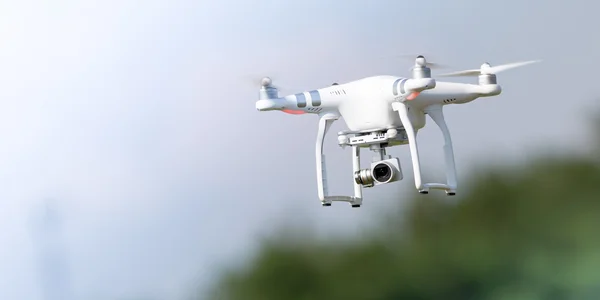
2. An Underwater Drone Unlike Any Torpedo
More formally called Poseidon in Russia, but also frequently referred to as “Kanyon” by NATO, the system is a nuclear-powered, nuclear-armed autonomous underwater vehicle more than 20 meters in length. With an estimated speed above 70 knots and operational depths surpassing 1,000 meters, it is designed to outrun and outdive all conventional anti-submarine weapons. Having an intercontinental range permits strikes against all coastal targets from any position, providing an “unstoppable” second-strike platform.
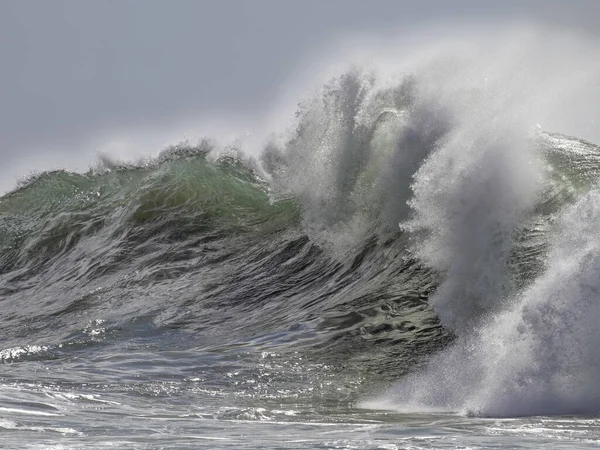
3. The Radioactive Tsunami Concept
The Russian state media has maintained that its key mission would be to detonate offshore, heaving an enormous radioactive tsunami ashore that would contaminate huge coastal areas for many decades and render economic centers and naval bases inoperable. Analysts say the unprecedented concept in modern combat would weaponize the maritime environment in ways that raise grave concerns under the Environmental Modification Convention and Additional Protocol I to the Geneva Conventions.
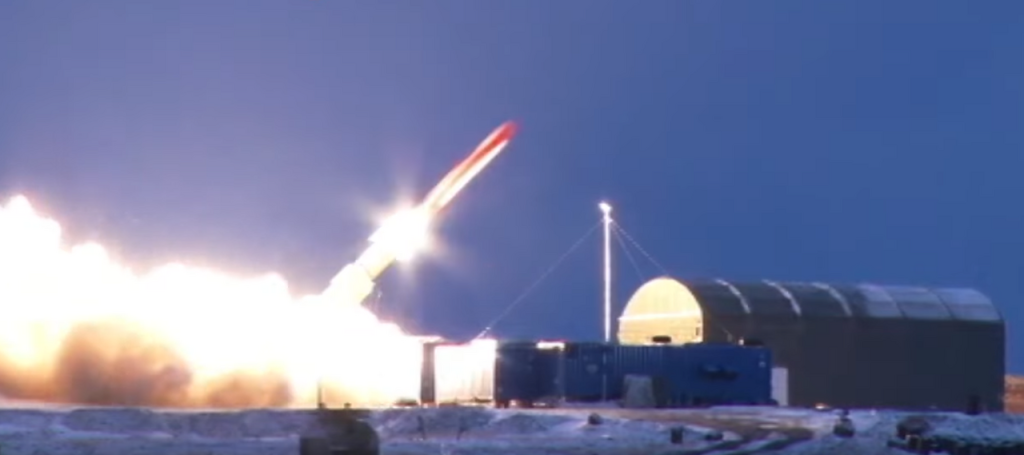
4. Burevestnik’s Record-Breaking Flight
The new, nuclear-powered Burevestnik cruise missile reportedly flew 14,000 kilometers over 15 hours on October 21, making both vertical and horizontal maneuvers to bypass missile and air defenses. The test “demonstrated high capabilities” in evasion, Gen. Valery Gerasimov told Putin. The nuclear reactor of the missile is said to be 1,000 times smaller than a submarine’s and would theoretically allow unlimited range.

5. Missile Designed to Outwit Defenses
NATO-named “Skyfall,” the Burevestnik is designed to cruise at low altitude, follow eccentric routes, and exploit gaps in radar coverage. Its course can be altered in flight by a two-way datalink to confuse interceptors. It is reminiscent of the U.S. 1960s Project Pluto concept for a nuclear ramjet missile of extreme endurance. Such a Russian design could attack from vectors that would be difficult for even an advanced system like the U.S. Golden Dome to counter.
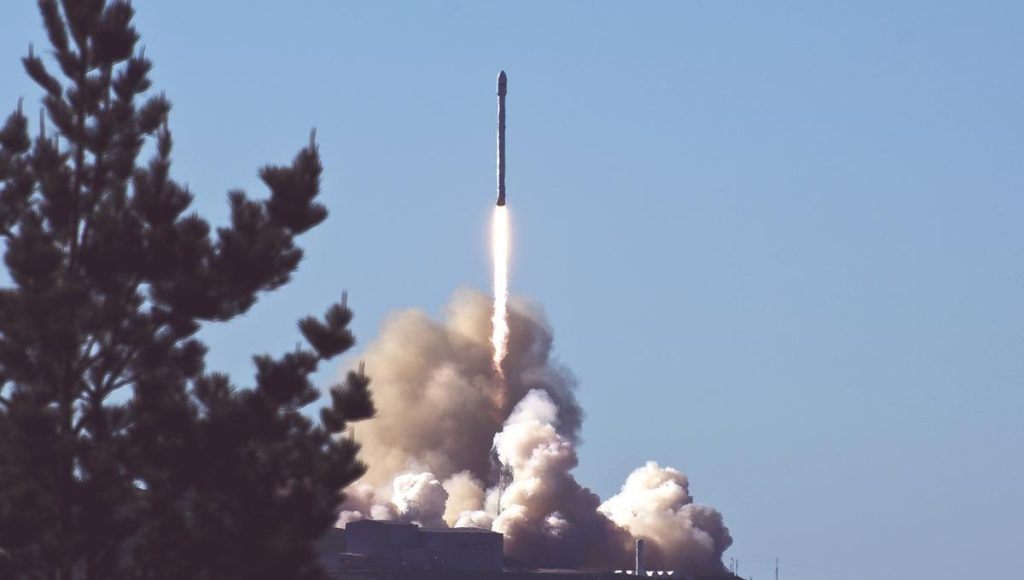
6. Environmental and Safety Risks
Past tests of Burevestnik have been marred by accidents, including an explosion in 2019 aboard a barge in the White Sea that killed five Rosatom scientists and caused a radiation spike in Severodvinsk. According to Norway’s Intelligence Service, testing “carries a risk of accidents and local radioactive emissions.” Nuclear propulsion when flying in the atmosphere leads to contamination hazards upon a possible crash during trials.
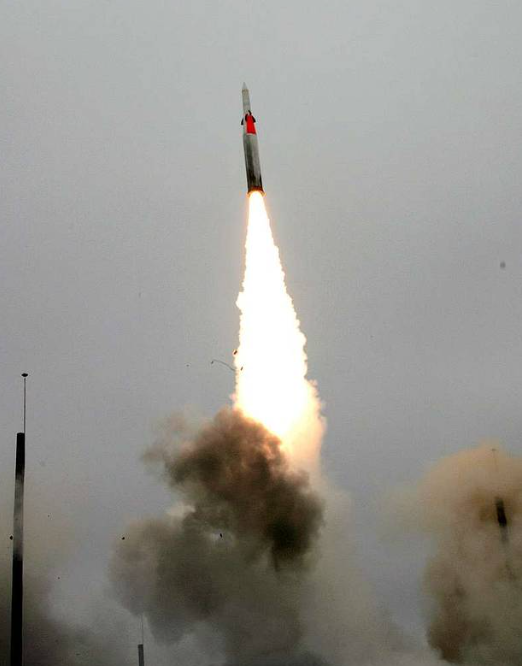
7. Strategic Messaging and Nuclear Doctrine
Putin paired those weapons with the death of the 1972 Anti-Ballistic Missile Treaty and framed them as responses to US missile defense. Poseidon would play into Russia’s so-called “escalate to deescalate” doctrine, using nuclear signaling to attain strategic objectives. The systems add to the development of Moscow’s capability to threaten coastal cities and defeat missile defenses to ensure that deterrence can be achieved in a first-strike world.

8. Legal Controversy over Environmental Weaponization
Other experts, including Raul Pedrozo of the U.S. Naval War College, believe the detonation of a multi-megaton warhead to create a radioactive tsunami would also contravene both the ENMOD Convention and AP I because both treaties ban methods of warfare that cause widespread, long-term, and severe damage to the environment. These weapons blur the line between targeting military assets and indiscriminate harm to civilian populations.
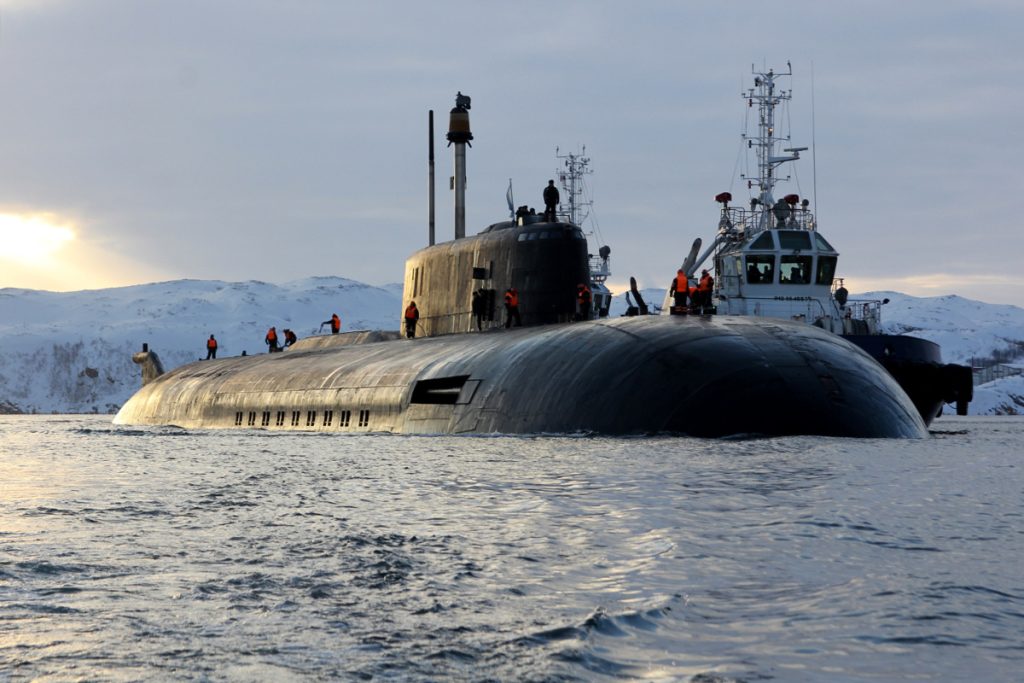
9. Deployment Plans and Operational Platforms
The submarine Belgorod, already in service with Russia, is fitted out to carry six such Poseidon drones, and another class of submarines, the Khabarovsk class, is currently under construction for the same purpose. Reports by TASS have claimed plans for at least 30 Poseidons across four submarines. Deployment infrastructure for Burevestnik is being prepared, Putin said, ahead of the expiration of the New START treaty next year. The October tests of Poseidon and Burevestnik underlined the determination of Russia to field strategic systems that evade interception and utilize unusual attack modes.
Although their status as operational weapons is uncertain, the combination of nuclear propulsion with extreme range, including potential impact on the environment, speaks volumes regarding a new evolution in nuclear deterrence. For adversaries, these weapons contain shades both of a technical challenge and a geopolitical signal-one that demands careful scrutiny across the realms of defense planning, arms control, and international law.
